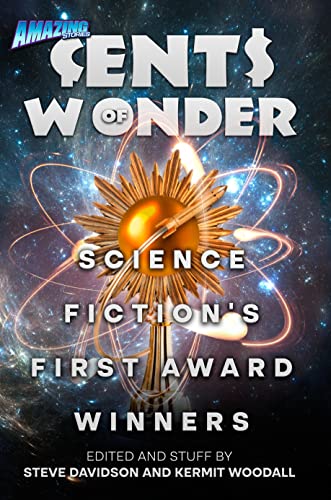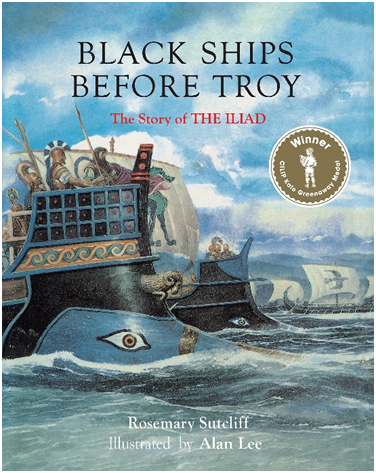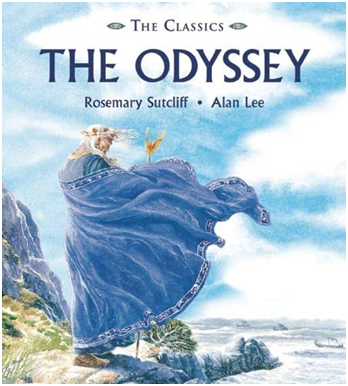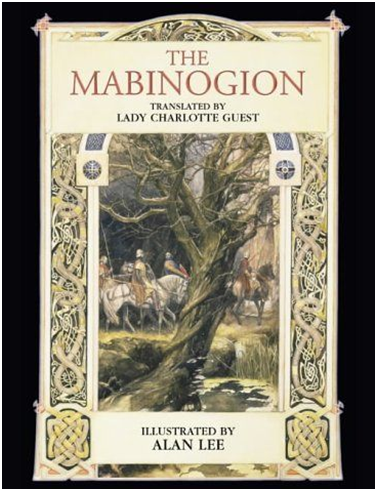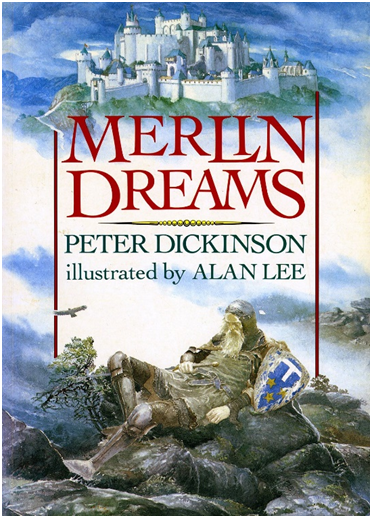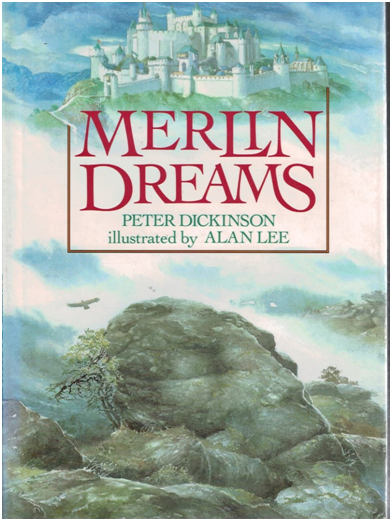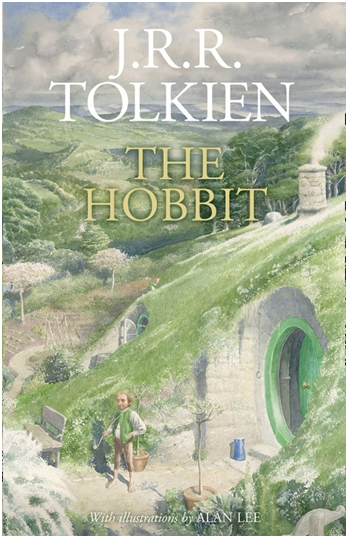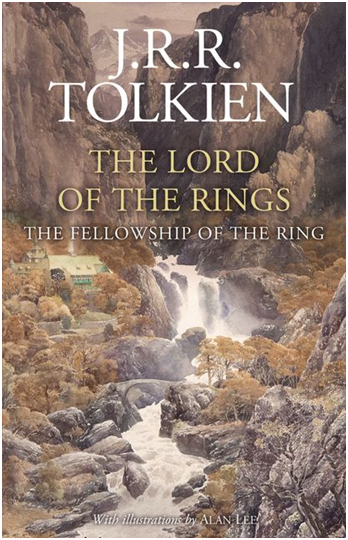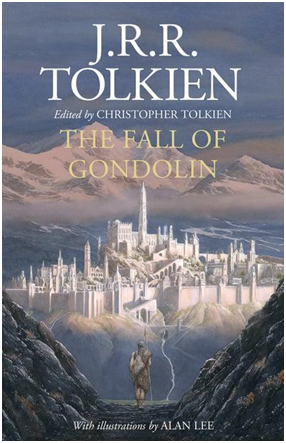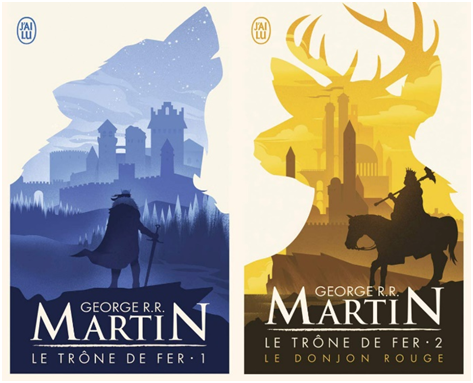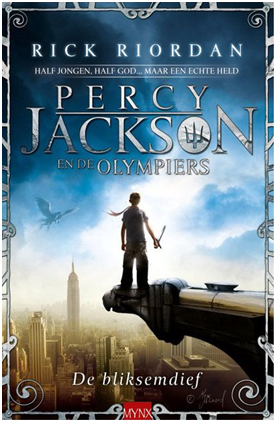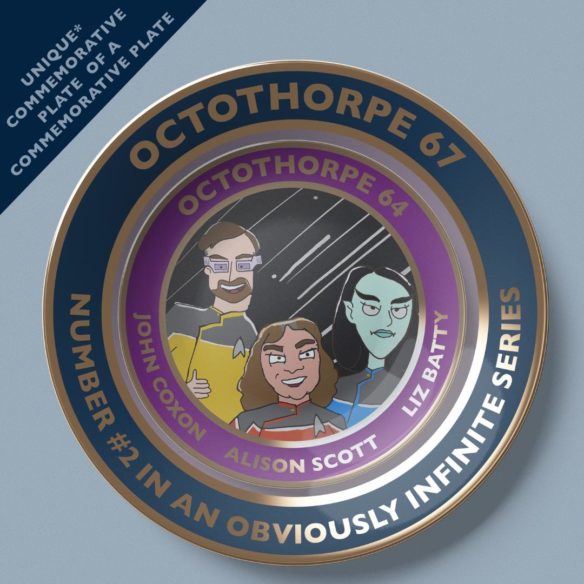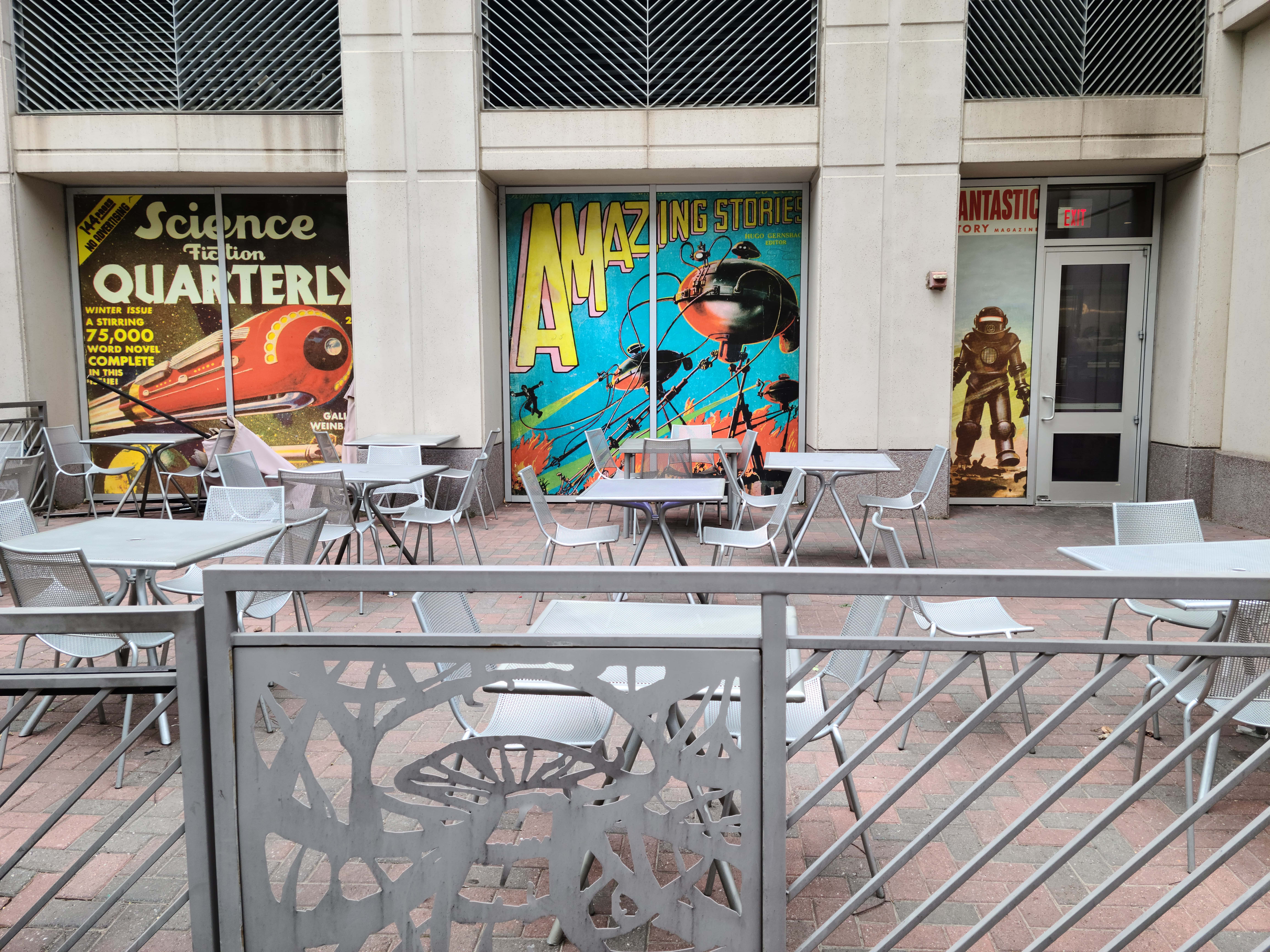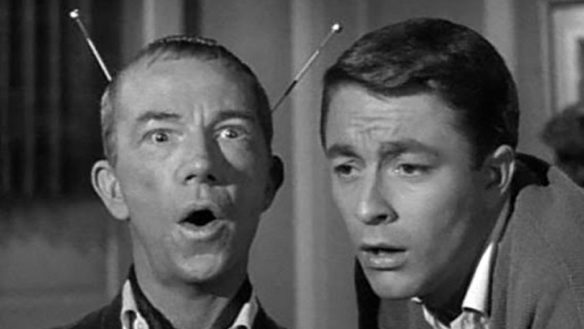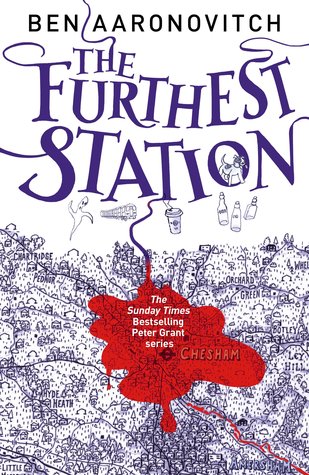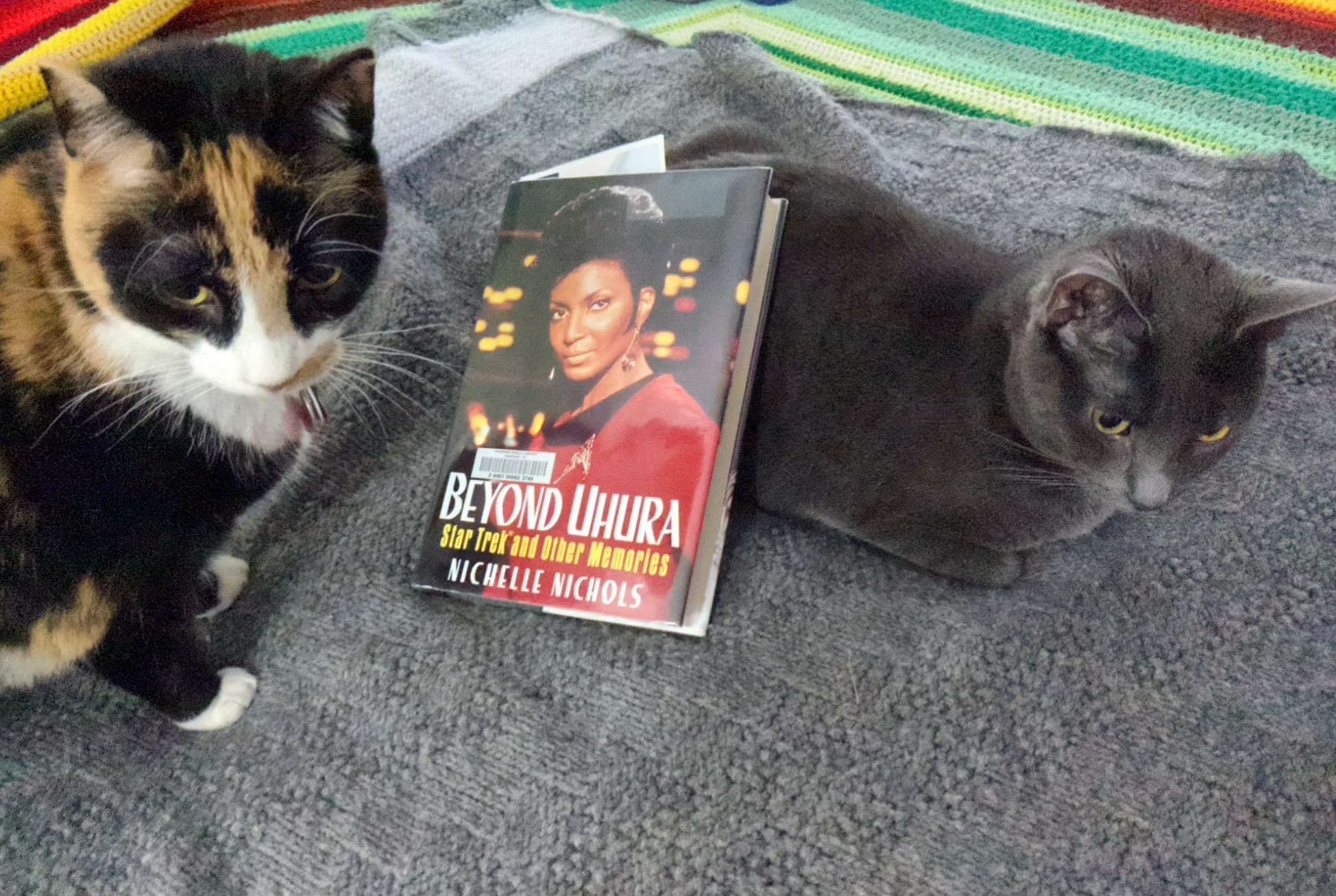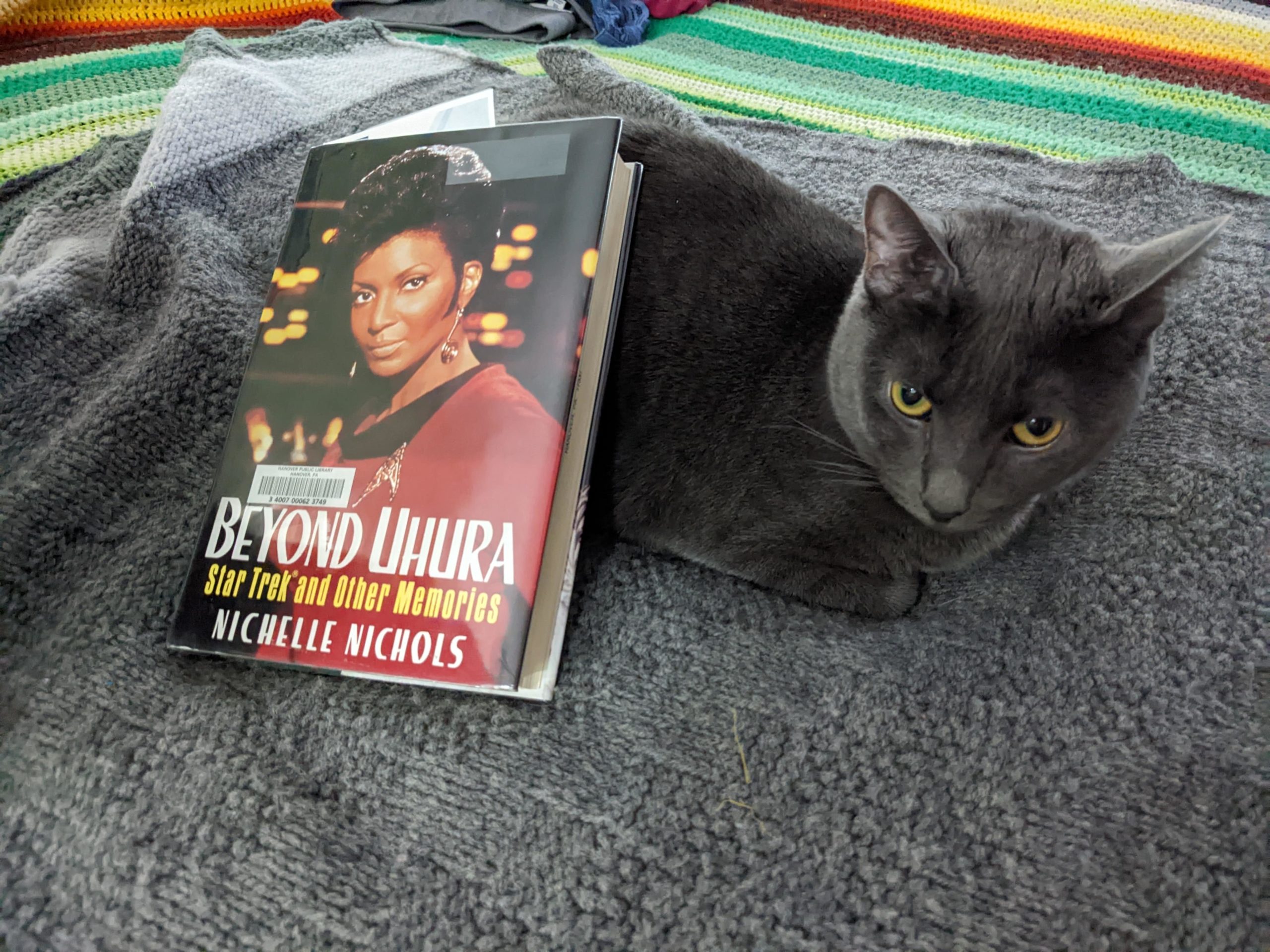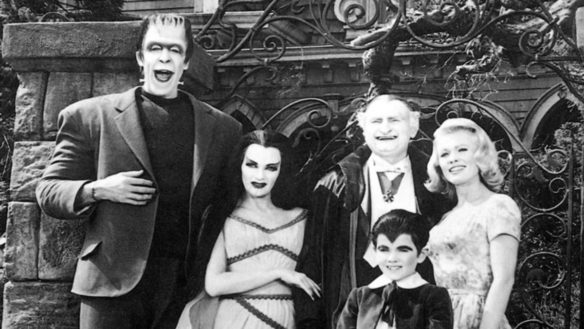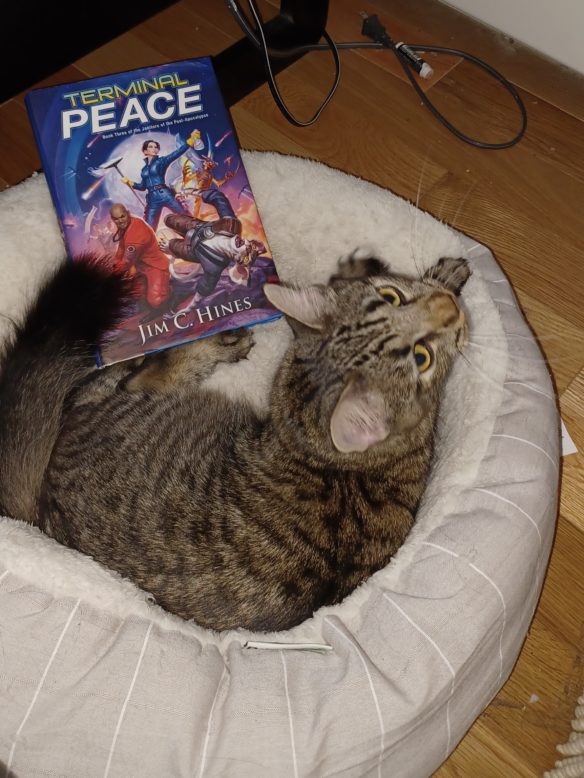(1) AUTHORS SIGN LETTER SUPPORTING INTERNET ARCHIVE LIBRARY IN LAWSUIT. Several genre authors, including Neil Gaiman, Cory Doctorow, Annalee Newitz, and Aimee Ogden signed an open letter opposing publishers’ lawsuit against the Internet Archive. “Neil Gaiman, Cory Doctorow And Other Authors Publish Open Letter Protesting Publishers’ Lawsuit Against Internet Archive Library” – Deadline has the story.
A group of authors and other creative professionals are lending their names to an open letter protesting publishers’ lawsuit against the Internet Archive Library, characterizing it as one of a number of efforts to curb libraries’ lending of ebooks.
Authors including Neil Gaiman, Naomi Klein, and Cory Doctorow lent their names to the letter, which was organized by the public interest group Fight for the Future.
“Libraries are a fundamental collective good. We, the undersigned authors, are disheartened by the recent attacks against libraries being made in our name by trade associations such as the American Association of Publishers and the Publishers Association: undermining the traditional rights of libraries to own and preserve books, intimidating libraries with lawsuits, and smearing librarians,” the letter states.
…The letter also calls for enshrining “the right of libraries to permanently own and preserve books, and to purchase these permanent copies on reasonable terms, regardless of format,” and condemns the characterization of library advocates as “mouthpieces” for big tech.
“We fear a future where libraries are reduced to a sort of Netflix or Spotify for books, from which publishers demand exorbitant licensing fees in perpetuity while unaccountable vendors force the spread of disinformation and hate for profit,” the letter states.
…Author Daniel Handler, aka Lemony Snicket, was originally on the list of signatories to the letter but withdrew his name on Wednesday evening. No explanation was given, but some of his works are among those cited by the publishers in their lawsuit against Internet Archive….
(2) REMEMBER THE HYDRA CLUB. Here’s the famous (within fandom anyway) drawing of a meeting of the Hydra Club in New York City from the November 1951 issue of Marvel Science Fiction [Internet Archive] (via Roy Kettle).
The Hydra Club was a group of New York writers — Frederik Pohl was one of the nine heads who founded it. Dave Kyle says in “The Legendary Hydra Club” (Mimosa 25) that a banquet photo Life published was taken at the Hydras’ New York Science Fiction Conference of July 1-3, 1950. Hydras organized it and invited ESFA members to participate, too.

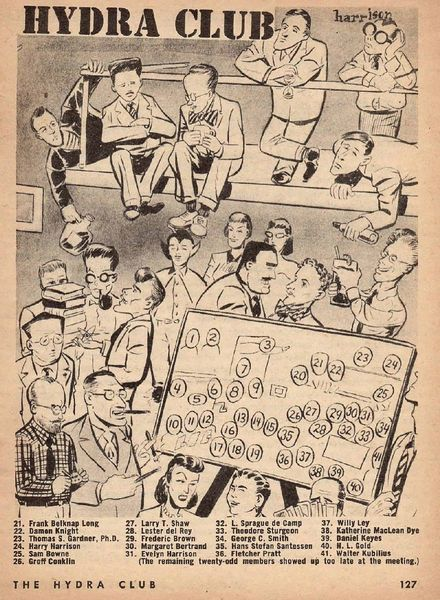
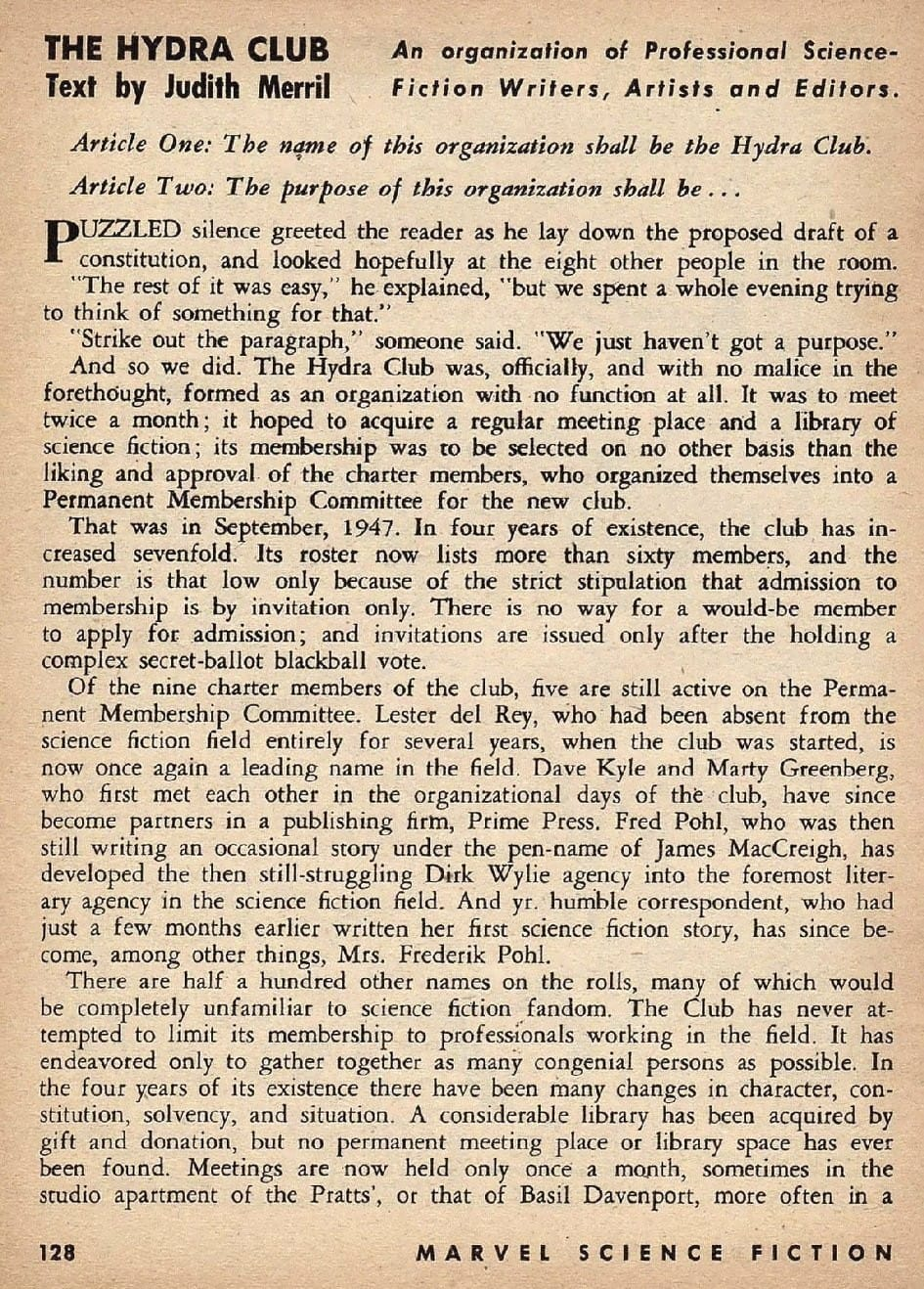
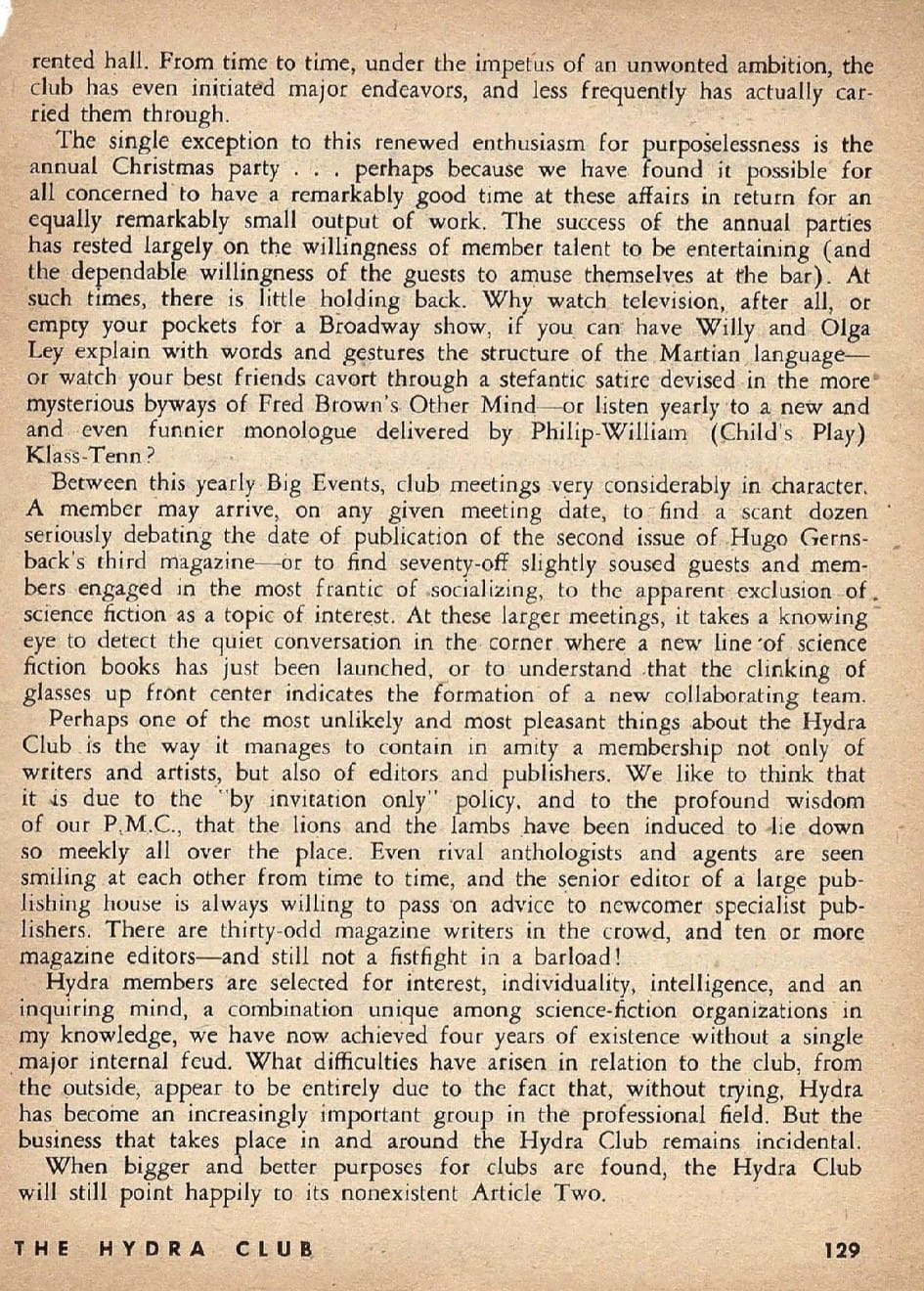
(3) DAYTON LITERARY PEACE PRIZE. The 2022 winners of the Dayton Literary Peace Prize have been announced. (The lone genre finalist wasn’t one of them.) Given for both fiction and nonfiction, the prize honors writers whose work uses the power of literature to foster peace, social justice, and global understanding. Each winner receives a $10,000 cash prize.
Fiction Winner
The Love Songs of W.E.B Du Bois by Honorée Fanonne Jeffers (HarperCollins): This intimate yet sweeping novel, with all the luminescence and force of Homegoing; Sing, Unburied, and The Water Dancer, chronicles the journey of one American family from the centuries of the colonial slave trade through the Civil War to our own tumultuous era.
Nonfiction Winner
How the Word is Passed by Clint Smith (Little, Brown): This compelling #1 New York Times bestseller examines the legacy of slavery in America—and how both history and memory continue to shape our everyday lives.
(4) SPSFC2 WINNING COVER. The administrator of the Self-Published Science Fiction Competiton posted a Q&A with the winners of the cover contest, author Dito Abbott and cover designer Kirk DouPonce from dogeareddesign.com and fictionartist.com.
Kirk: I read and enjoyed Dito’s manuscipt, there was no lack of imagery to work from! The story is a bit on the complex side, what I had originally contemplated for the cover changed many times. Often I’m able to read a manuscript and have the concept solidified in my head before starting. But not this time. So many possible directions! At some point I remember looking at his map and thinking “well duh, there’s the cover”. The map art had the perfect whimsical flavor the story was begging for. Almost as if the artist knew the story intimately.
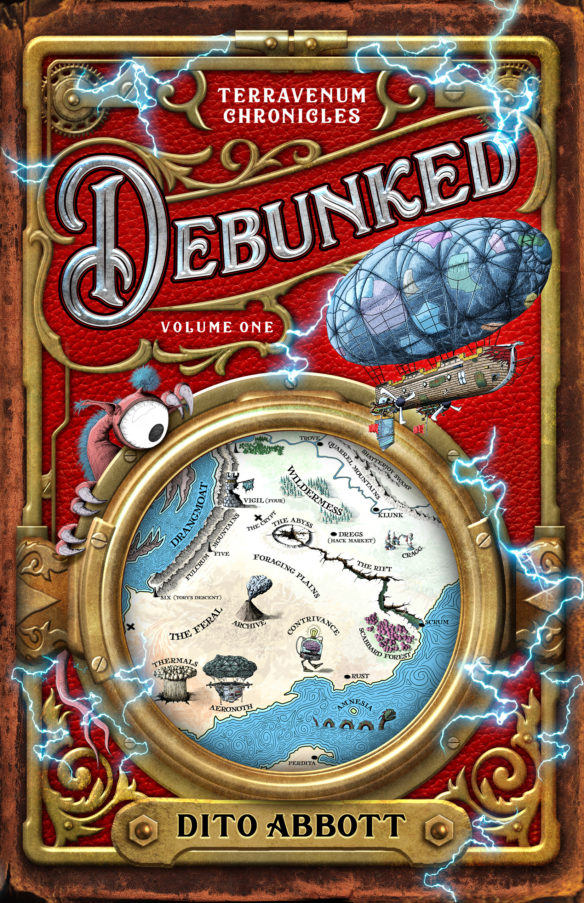
(5) A DIFFERENT CHEKHOV IN SPACE. [Item by Martin Morse Wooster.] In the Financial Times behind a paywall, Sarah Hemming reviews a sf adaptation of Anton Chekhov’s The Cherry Orchard which is playing at the Yard Theatre through October 22.
Vinay Patel’s inventive version pitches the story into the future. Here the action unfolds o a spaceship spinning towards an elusive destination. We are hundreds of years into the mission: the ship is crewed by cloned humans (all of south Asian heritage) who never saw the E and various, now antiquated, bits of AI: Firs, the ancient retainer of the original, has become Feroze, a glitchy android servant, brilliantly played by Hari Mackinnon.
The cherry orchard still exists, but in an arboretum. It constitutes a link back to Earth, as does the ship’s rigid social hierarchy, which keeps the lower deck workers toiling in the dark. But the mission has become sclerotic: tensions are brewing between the decks, and the discovery of a nearly habitable planet brings everything to a head. As in the original, pragmatic engineer Abinash Lenka (Lopakhin in Chekhov) urges Captain Ramesh to change course but ends by taking charge himself.
(6) GODSTALK! P. C. Hodgell will be signing at Uncle Hugo’s on Saturday, October 15, from 1-2 p.m. for Deathless Gods ($16.00), the 10th novel in the Chronicles of Kencyrath series.
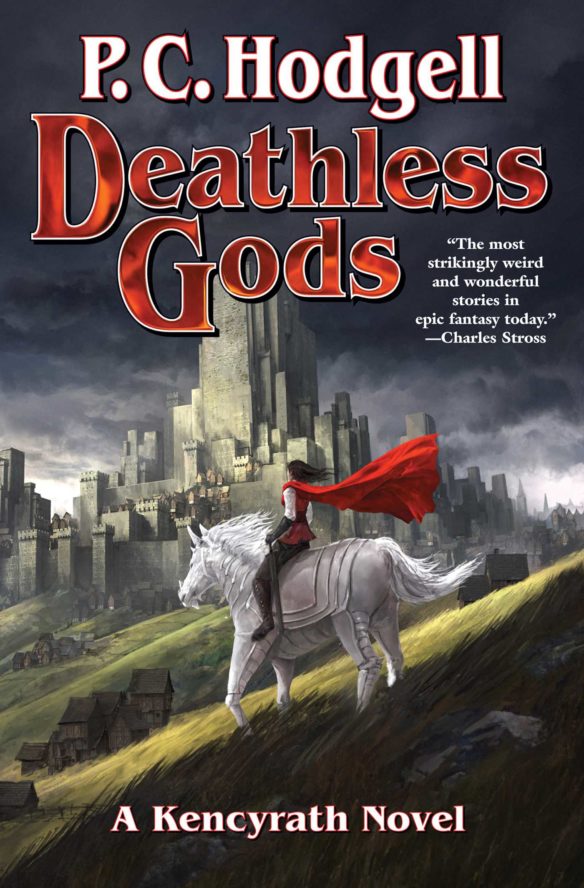
(7) HOIST BY THE PETARD THEY OWN. “NASA May Let Billionaire Astronaut and SpaceX Lift Hubble Telescope” reports the New York Times.
If you’ve got a telescope in danger of falling out of orbit, who are you going to call?
The United States Space Force? Nope.
NASA? Maybe not.
Billionaires? Apparently, that is indeed a possibility.
The billionaires in question are Elon Musk, the founder and chief executive of SpaceX, and Jared Isaacman, a technology entrepreneur who led an all-civilian trip to orbit in a SpaceX spacecraft last year.
NASA announced on Thursday that it and SpaceX had signed an agreement to conduct a six-month study to see if one of SpaceX’s Crew Dragon capsules could be used to raise the altitude of the Hubble Space Telescope, potentially further extending the lifetime of the 32-year-old instrument….
(8) ROUGH LANDING. Cora Buhlert writes, “Turns out that my Hugo rocket was also damaged [not just the base], because the tip is chipped, which I only noticed yesterday, when I took it from the shelf to show it off. I honestly wonder what you have to do to chip a piece of a Hugo rocket, considering they’re stainless steel.
I still had some fun with the damaged Hugo trophy and had my brand-new Flash Gordon, Phantom and Ming the Merciless (in the look of the Defenders of the Earth cartoon) action figures fight over the trophy, because it looks like something from a vintage Flash Gordon comic:
(9) MEMORY LANE.
1966 – [By Cat Eldridge.] Star Trek’s “Naked Time” aired 56 years ago yesterday in the USA on NBC. (Yeah I forgot. My bad.) it was the fourth episode of the first season and it was written by John D F Black who was given story credit idea when D C Fontana who the sequel, the Next Generation’s ‘The Naked Now”.
Surely everyone here knows the story of a strange, intoxicating infection, which lowers the crew’s inhibitions, spreads throughout the Enterprise. As the madness spreads, the entire ship is endangered. Really you have not watched it? You know it’s on Paramount +?
Did you know this was the first appearance of the Vulcan nerve pinch? Though of course this being TV, it was actually filmed first in “The Enemy Within”, but “The Enemy Within” would be broadcast a week after “Naked Time” was.
My favorite scene? Sulu’s half naked sword fight of course? However Takei had never use a sword at all so hurriedly learned to. He frequently mentions in interviews his much he likes his episode, saying it’s his favorite one, and devotes a entitle chapter on it in his autobiography.
It was meant to be a two-parter, with this episode ending with the Enterprise going back in time. The ending was revised so it would become a standalone episode. What would have been part two eventually became the episode, “Tomorrow is Yesterday”.
It is the only time Lt. Uhura, Yeoman Janice Rand and Nurse Christine Chapel all appear in the same episode.
(10) TODAY’S BIRTHDAYS.
[Compiled by Cat Eldridge.]
- Born September 30, 1924 — Elinor Busby, 98. In 1960, she became the first woman to win a Hugo Award for Best Fanzine editing at Pittcon for Cry of the Nameless along with F. M. Busby, Burnett Toskey and Wally Weber. She was awarded a Fan Activity Achievement Award for fan achievements, presented at Corflu in 2013. She was on the committee of Seacon (1961). Busby is noted in Heinlein’s Friday, and her husband is likewise in The Cat Who Walks Through Walls.
- Born September 30, 1931 — Angie Dickinson, 91. She was Dr. Layla Johnson in The Resurrection of Zachary Wheeler, the Dragon Queen in the genre adjacent Charlie Chan and the Curse of the Dragon Queen and Abbie McGee inThe Sun, the Moon and the Stars.
- Born September 30, 1932 — Antoinette Bower, 90. I’ll start off with her being Sylvia in the classic Trek episode of “Catspaw” written by Robert Bloch. She had a previous genre appearance in a Twilight Zone story, “Probe 7, Over and Out” in which she was Eva Nord. It’s a shaggy God story as so termed by Brian Aldiss. She also had one-offs in The Man from U.N.C.L.E., The Wild Wild West, Mission: Impossible, Get Smart and The Six Million Dollar Man.
- Born September 30, 1947 — Michael I. Wagner. Though best remembered for his work on Hill Street Blues and deservedly so, he’s co-created with Isaac Asimov, produced and wrote several episodes for the one-season ABC series Probe. He provided the story for two episodes of Next Generation, “Bobby Trap” and “Evolution” and wrote another, “Survivor”. (Died 1992.)
- Born September 30, 1950 — Laura Esquivel, 72. Mexican author of Como agua para chocolate, Like Water for Chocolate in English. Magical realism and cooking with more than a small soupçon of eroticism. Seriously the film is amazing as is the book. ISFDB says she’s also written La ley del amor (The Law of Love) which I’ve not read.
- Born September 30, 1951 — Simon Hawke, 71. Author of the quite superb Wizard of 4th Street series as Well as the TimeWars series.He has written Battlestar Galactica, Trek, Friday the 13th, Predator and Dungeons & Dragons novels as well as the genre adjacent Shakespeare & Smythe mysteries which bear titles such as Much Ado About Murder.
- Born September 30, 1959 — Debrah Farentino, 63. She has a lead role in Earth 2 as Devon Adair, and she was the deliciously duplicitous Beverly Barlowe on Eureka.
- Born September 30, 1960 — Nicola Griffith, 62. Writer, Essayist and Teacher. Her first novel was Ammonite which won the Tiptree and Lambda Awards and was a finalist for the Clarke and BSFA Awards, followed by The Blue Place, Stay, and Always, which are linked novels in the Ammonite universe featuring the character Aud Torvingen. In total, SFE has won the Washington State Book Award, Nebula Award, James Tiptree, Jr. Award, World Fantasy Award and six Lambda Literary Awards. Her novel Slow River won Nebula and Lambda Awards. With Stephen Pagel, she has edited three Bending the Landscape anthologies in each of the three genres Fantasy, Science Fiction, and Horror, the first of which won a World Fantasy Award. She latest novel is Spear which just came out. She was diagnosed with multiple sclerosis in March 1993. She lives with her wife, author Kelley Eskridge, in Seattle.
- Born September 30, 1972 — Sheree Renée Thomas, 50. Writer, Shotgun Lullabies: Stories & Poems and Sleeping Under the Tree of Life; Editor, Dark Matter: A Century of Speculative Fiction from the African Diaspora which won a World Fantasy Award, and Dark Matter: Reading the Bones which also won a World Fantasy Award. She’s also written a variety of poems and essays including “Dear Octavia, Octavia E. Butler, Ms. Butler, Mother of Changes”. In 2020, Thomas was named editor of The Magazine of Fantasy & Science Fiction.
(12) COMICS SECTION.
- Broom Hilda doesn’t think they’re horror movies at all.
- Macanudo is hilarious.
(13) THEY GO HARD. Ursula Vernon stands up for Waffle House. Thread starts here. A few of the tweets —
(13.5) HOCUS POCUS? BOGUS. [Item by Mike Kennedy.] This Disney+ sequel seems to completely misunderstand the material of the 29-year old original. “Hocus Pocus 2 review – belated Halloween sequel is far from bewitching” in the Guardian. As the reviewer says:
At times it feels more like an extended, if joke-free, SNL skit than a real movie, giving us the iconography we want but without any of the soul, propulsion or bare necessity we need to go with it, something that exists because it could rather than should….
This coming Halloween, it’s likely that many families will be watching Hocus Pocus 2 together, excited by the prospect of a tradition shift. Next Halloween, I doubt they’ll be watching it again.
(14) MAKES YOU WANT TOSS. If the very thought of pumpkin spice makes you want to throw autumn-themed products away, here’s the bag to throw them in: “Limited Edition Hefty® Cinnamon Pumpkin Spice Ultra Strong™ Trash Bags”.
On September 30th, pumpkin spice enthusiasts can visit HeftyPumpkinSpice.com to purchase their own limited edition trash bags. Now, fall lovers can keep their pumpkin spice obsession going strong on this National Pumpkin Spice Day and beyond by giving their garbage the cozy fall upgrade they never knew they needed.
(15) EARTH R.F.D. [Item by Steven French.] From Physics World: photometric microlensing uses the magnification of light from background stars caused by gravitational lensing to detect exo-planets. Unfortunately (or fortunately, depending on your point of view) we live too far out in the galactic ‘burbs where there are few background stars, for technologically adept aliens to spot the Earth. “Earth is ‘well-hidden’ from extraterrestrial civilizations hunting for habitable planets”.
… To have a good shot at spotting us, Kerins explained, an alien civilization would need to be positioned such that there were a lot of background stars behind us, as to give the Earth a good chance of deflecting the light from one. “The best position for an observer to be is right at the edge of our galaxy with us on a line of sight towards the galactic centre,” he noted, adding: “But there are very few stars at the edge of our galaxy and so presumably few observers.”…
(16) MARS ROCKS. [Item by SF Concatenation’s Jonathan Cowie.] Today’s issue of Science has a Mars cover story.

Two samples of rock (top and bottom holes) were collected by the Perseverance rover from this outcrop of the Séítah geologic formation in Jezero crater (see cover), Mars. Also visible are a discarded sample attempt (middle hole), a rock abrasion patch (lower left depression), and the rover’s tracks and shadow. Analysis of the Séítah formation shows that it consists of igneous rocks modified by liquid water
Primary research papers here.
The overall, bottom line conclusion of Perseverance’s explorations of the floor of Jezero crater explored by Perseverance consists of two distinct igneous units that have both experience reactions with liquid water.
Second primary research paper here.

[Thanks to Chris Barkley, Michael Toman, Cat Eldridge, Nina Shepardson, Todd Mason, Steven French, SF Concatenation’s Jonathan Cowie, Mike Kennedy, Martin Morse Wooster, JJ, John King Tarpinian, and Andrew Porter for some of these stories. Title credit belongs to File 770 contributing editor of the day Daniel Dern.]


